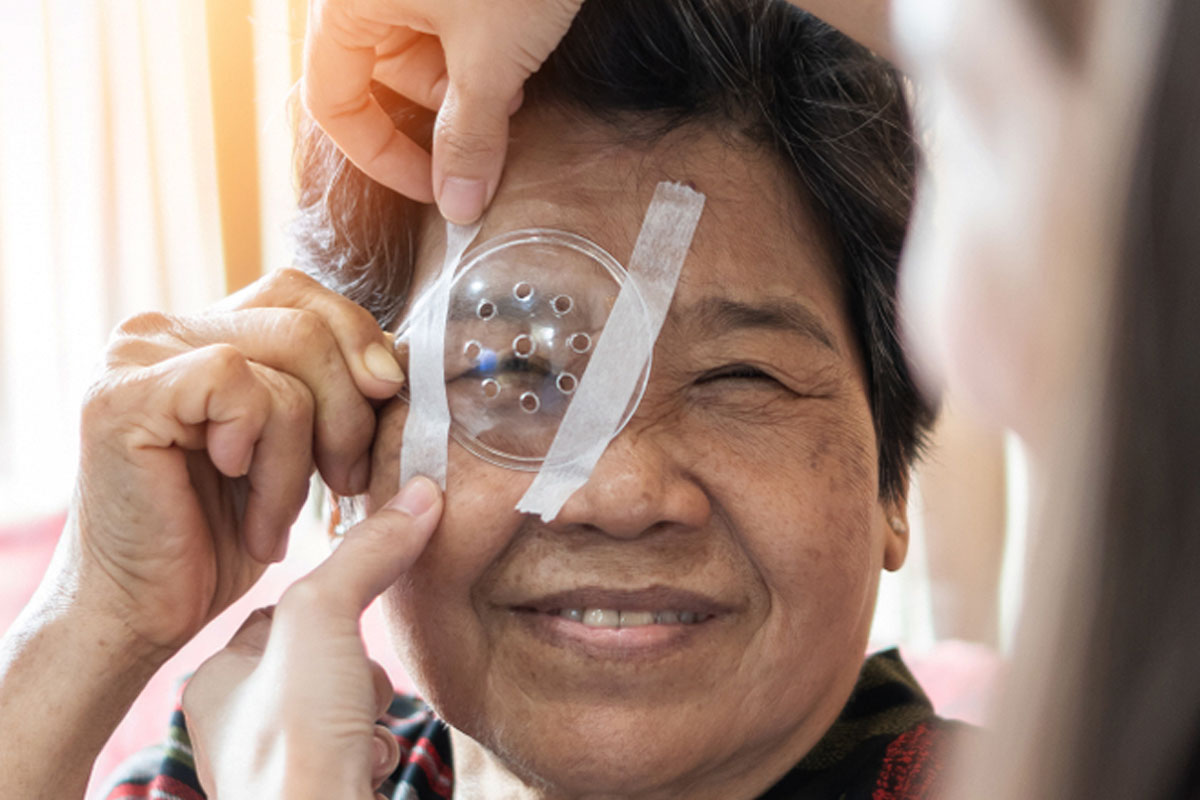
A significant number of the glaucoma patients and suspects encountered in clinical practice have narrow angles. Although this is most common in Eastern Asia, particularly among the Chinese population, it is common worldwide, and was long underdiagnosed. Fortunately, that problem has improved significantly in recent years.
These patients may have narrow angles, intermittent angle closure, appositional closure, or closure with the development of peripheral anterior synechiae (PAS), termed chronic angle closure. If glaucomatous damage is present, then angle-closure glaucoma becomes the appropriate term. Angle closure are often caused by abnormalities within the relative or absolute sizes or positions of anterior segment structures, or by abnormal forces within the posterior segment that alter the anatomy of the anterior segment.
Angle-closure mechanisms are divided into four categories, depending on the site of the “force” causing iris apposition to the angle wall:
Relative pupillary block (note that absolute pupillary block, where the iris is totally bound right down to the lens by posterior synechiae, is rare);
Plateau iris, in which the ciliary body is large and/or anteriorly positioned and holds the iris against the trabecular meshwork (termed plateau iris syndrome when it is the cause of persistent appositional closure after the elimination of pupil-lary block by iridotomy);
Lens-induced or lens-related angle closure, in which the lens pushes the ciliary body and iris against the meshwork; and forces posterior to the lens.
